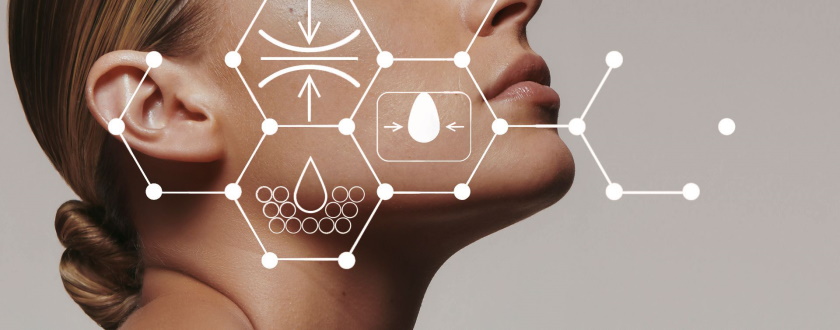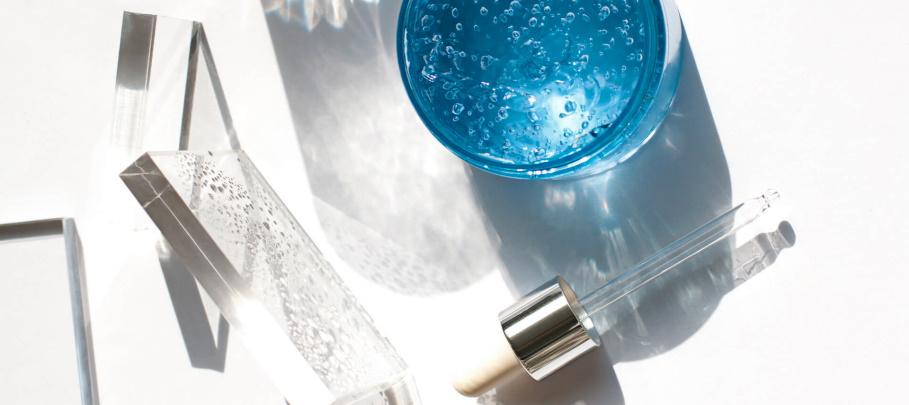
The comedogenic scale is a ranking system that assigns a number to each ingredient in a skincare product. The higher the number, the more likely it is to cause clogged pores. But is this scale accurate? Let’s take a closer look.
The comedogenic scale was first developed in the 1970s. It was created to help dermatologists identify ingredients that were likely to cause clogged pores. The scale ranges from 0 to 5, with 0 being non-comedogenic and 5 being highly comedogenic.
How accurate is the comedogenicity scale?
However, there are a few problems with the comedogenic scale. First, it is not always accurate. Some ingredients that are ranked as being comedogenic may not actually cause clogged pores. Second, the scale does not take into account the concentration of an ingredient. A product that contains a high concentration of a comedogenic ingredient may be more likely to cause clogged pores than a product that contains a low concentration of the same ingredient.

Finally, the comedogenic scale does not take into account individual skin types. Some people may be more sensitive to certain ingredients than others.
So, should you avoid all ingredients that are ranked as being comedogenic?
No. But you should be aware that the comedogenic scale is not always accurate. If you are concerned about clogged pores, talk to your dermatologist about the best skincare products for your skin type.
What is a good comedogenic rating?
There is no one “best” comedogenic rating. Some people may be more sensitive to certain ingredients than others. Talk to your dermatologist about the best skincare products for your skin type.

What are some non-comedogenic ingredients?
There are many non-comedogenic ingredients that can be used in skincare products. Some common non-comedogenic ingredients include glycerin, lanolin, mineral oil, and petrolatum.
What are some comedogenic ingredients?
Some common comedogenic ingredients include isopropyl myristate, lauric acid, myristic acid, and oleic acid.



